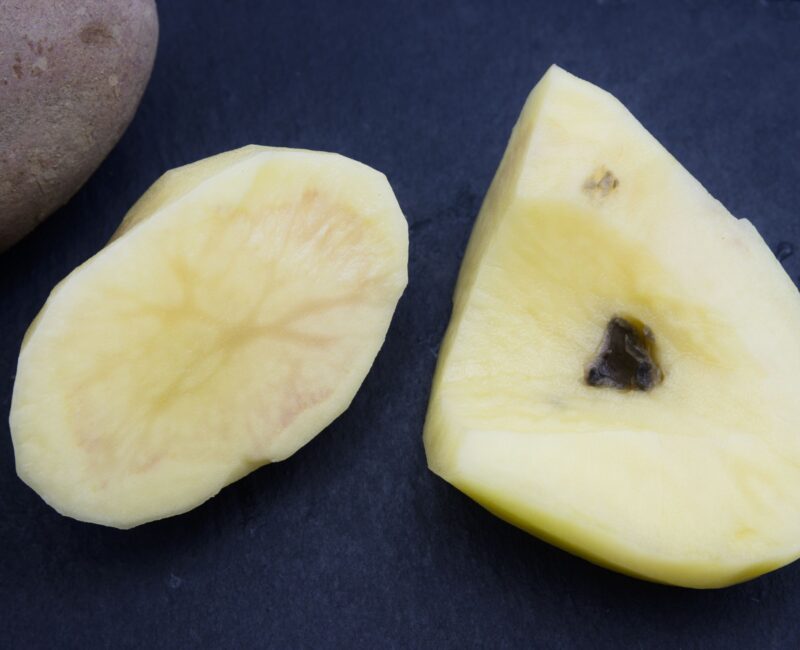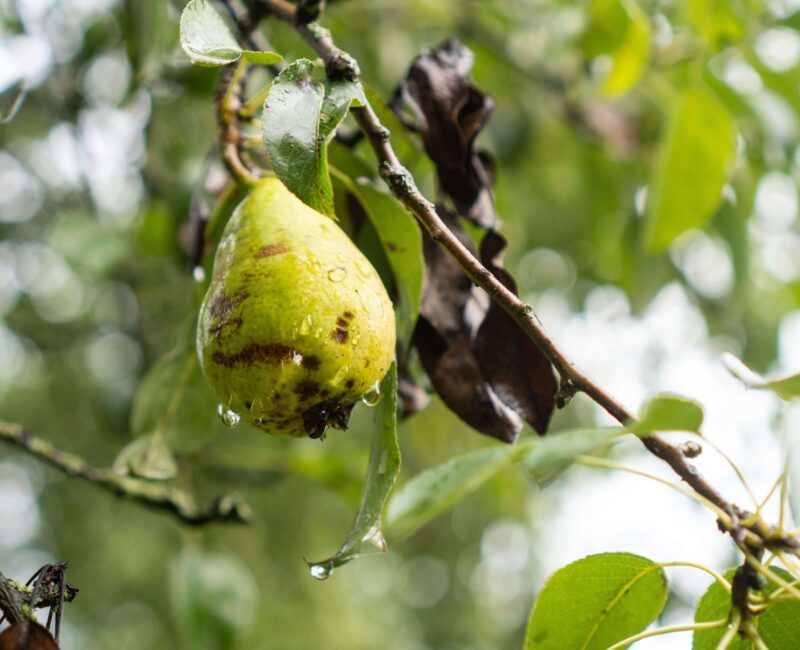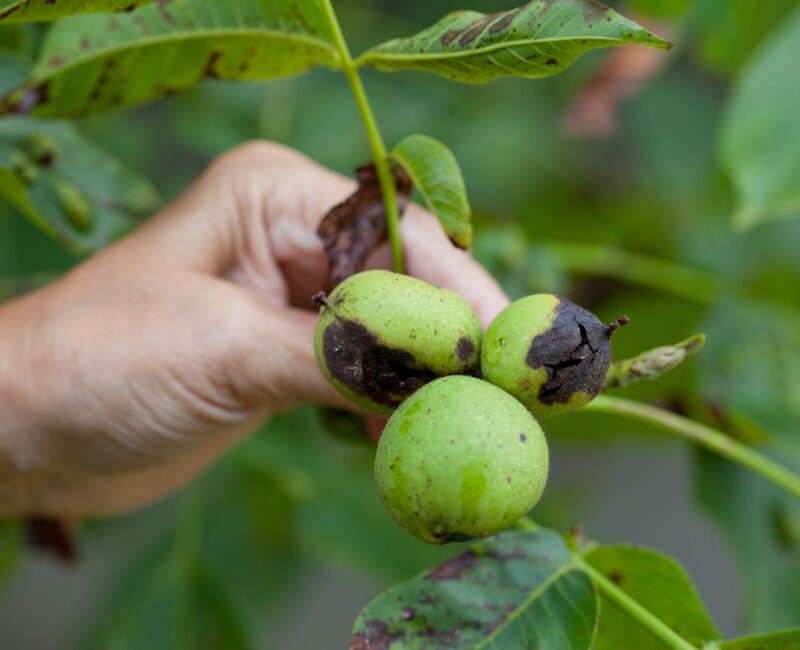Xanthomonas: A Pervasive Threat to Global Crop Production
Xanthomonas bacterial infections represent a significant and growing threat to agricultural productivity worldwide. This diverse genus of plant pathogens affects a wide range of economically important crops, including rice, citrus, tomatoes, peppers, and many others. The impact of Xanthomonas on plant health and the agriculture industry is both severe and far-reaching, posing substantial challenges to food security and economic stability in affected regions.
Xanthomonas species are known for their ability to cause a variety of symptoms in infected plants, such as leaf spots, blights, cankers, and vascular wilts. These infections can lead to reduced crop yields, diminished product quality, and in severe cases, total crop failure. The bacteria’s capacity to survive in plant debris and seeds allows it to persist in agricultural environments, making eradication extremely difficult once established in a field.
The economic impact of Xanthomonas infections on the agriculture industry is staggering. Crop losses attributed to these bacterial pathogens can range from minor yield reductions to complete devastation of entire plantations. This not only affects large-scale commercial operations but also has a profound impact on smallholder farmers who often lack the resources to implement comprehensive disease management strategies.
Climate change further exacerbates the Xanthomonas problem by altering environmental conditions in ways that can favor bacterial growth and spread. Shifts in temperature and rainfall patterns may expand the geographical range of these pathogens, introducing them to previously unaffected regions and potentially overwhelming local agricultural systems unprepared for their management.
The adaptability of Xanthomonas species presents a significant challenge for disease control. Many strains have developed resistance to traditional management methods, including chemical treatments and certain resistant plant varieties. This evolutionary arms race between pathogen and host necessitates continuous research and development of new control strategies, placing additional burdens on agricultural research institutions and growers alike.
As global trade in agricultural products continues to increase, the risk of spreading Xanthomonas to new areas grows, highlighting the need for stringent phytosanitary measures and international cooperation. The potential for these bacterial infections to disrupt food production chains underscores the urgency of developing effective, sustainable management practices to safeguard global agriculture against this pervasive threat.
Common Symptoms of Xanthomonas Infections in Plants:
- Leaf spots: circular or angular lesions on leaves, often with yellow halos
- Blight: rapid browning and death of leaves, stems, or entire plants
- Cankers: sunken, discolored areas on stems or branches
- Vascular wilt: systemic wilting and yellowing of leaves due to blocked water-conducting tissues
- Fruit lesions: dark, sunken spots on fruits, often with a water-soaked appearance
- Leaf yellowing (chlorosis): general or localized yellowing of leaf tissue
- Bacterial ooze: sticky, yellow exudate from infected plant parts
- Defoliation: premature shedding of leaves
- Stunted growth: reduced plant development and smaller leaves or fruits
- Water-soaked lesions: dark, translucent areas on leaves or stems, particularly in early stages of infection
The manifestation and severity of these symptoms can vary significantly depending on the specific Xanthomonas species, host plant, environmental conditions, and stage of infection. Some symptoms, such as leaf spots and blights, are common across many plant species, while others may be more specific to certain crops. For instance, citrus canker caused by Xanthomonas citri subsp. citri produces distinctive raised lesions on leaves, stems, and fruits of citrus trees.
Early detection of these symptoms is crucial for effective management of Xanthomonas infections. However, it’s important to note that many of these symptoms can resemble those caused by other plant pathogens or environmental stresses. Therefore, while this list provides a valuable guide for initial diagnosis, definitive identification often requires laboratory testing. Regular monitoring and familiarity with these signs can aid in timely intervention, potentially mitigating the spread and impact of Xanthomonas infections in agricultural settings.
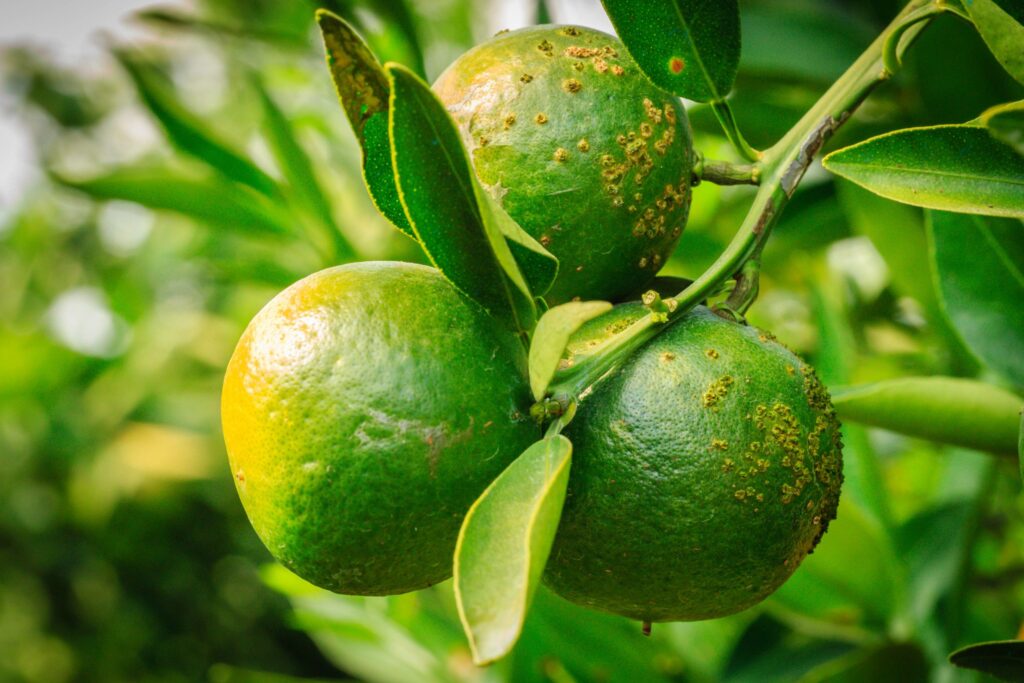
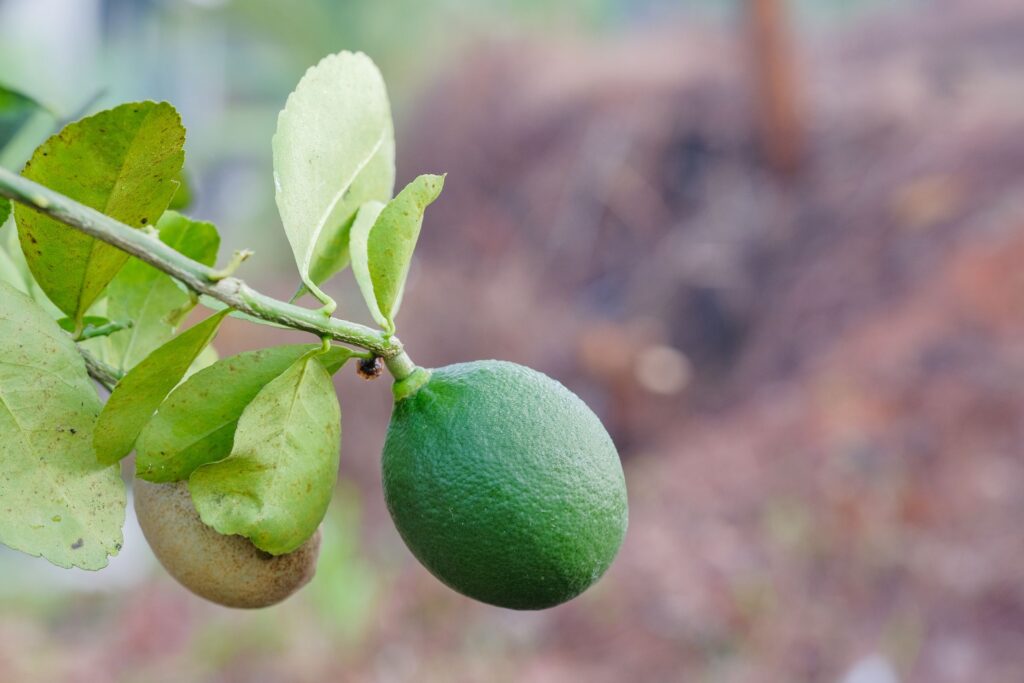
Limitations of Current Approaches
The treatment of Xanthomonas infections in agricultural settings presents significant challenges, with traditional control methods increasingly proving inadequate. One of the primary limitations is the growing resistance of Xanthomonas species to commonly used bactericides, such as copper-based compounds and antibiotics like streptomycin. This resistance develops as bacterial populations evolve to withstand the effects of these chemicals, rendering once-effective treatments progressively less useful.
The widespread nature of Xanthomonas infections across diverse crop species complicates treatment strategies. What works for one crop may be ineffective or impractical for another, necessitating crop-specific approaches. This is particularly challenging for small-scale farmers who may lack resources to implement varied and complex management programs.
Environmental concerns and regulatory restrictions further limit the use of chemical controls. Many effective bactericides face bans or usage limitations due to their potential negative impacts on ecosystems and human health, leaving farmers with fewer options for disease management.
The bacteria’s ability to survive in plant debris and seeds creates persistent reservoirs of infection, making eradication extremely difficult once established in a field. This persistence challenges both large-scale agricultural operations and smallholders, requiring long-term management strategies that can be economically burdensome.
Climate change exacerbates these challenges by altering environmental conditions in ways that can favor bacterial growth and spread, potentially increasing the frequency and severity of outbreaks. This shift demands adaptive management strategies in a context where traditional treatments are already struggling.
The genetic diversity within Xanthomonas species allows for rapid adaptation to control measures, including host plant resistance. This adaptability often outpaces the development of new resistant crop varieties, creating a continual need for novel breeding approaches.
Lastly, the lack of effective systemic treatments for Xanthomonas infections limits control options, particularly for vascular pathogens that colonize plant tissues inaccessible to surface-applied treatments.
As these limitations highlight the inadequacy of current control methods, there is an urgent need for innovative approaches to manage Xanthomonas infections effectively. The complexity of this challenge necessitates ongoing research and development of integrated, sustainable strategies to protect agricultural productivity in the face of this persistent bacterial threat.
Learn how Qeen Biotechnologies' innovative bacteriophage therapy can help protect your crops from devastating Xanthomonas infections. Contact us today for a consultation.


Advanced Bacteriophage Therapy: Targeted Approach to Xanthomonas Control
Qeen Biotechnologies has developed a specialized bacteriophage therapy to address Xanthomonas infections in various crop systems. This approach utilizes naturally occurring viruses specifically selected to target and eliminate Xanthomonas species, the bacterial pathogens responsible for numerous plant diseases across diverse crops. The therapy is designed to combat multiple Xanthomonas strains, including those that have shown resistance to conventional treatments.
This bacteriophage therapy tackles key challenges in managing Xanthomonas infections. It aims to control the spread of the bacteria across different plant tissues, potentially reaching areas where surface treatments are ineffective. The ability of bacteriophages to self-replicate within bacterial hosts offers a dynamic solution that can adapt to the evolving nature of Xanthomonas populations in agricultural settings.
Environmental safety is a crucial aspect of this therapy. The bacteriophages are carefully chosen and tested to ensure high specificity for Xanthomonas, minimizing potential impacts on beneficial microorganisms in the plant and soil ecosystem. This selective approach maintains the ecological balance of agricultural environments while focusing on pathogen control.
By introducing this bacteriophage therapy, Qeen Biotechnologies provides farmers and agricultural professionals with a new tool for managing Xanthomonas infections. This approach offers a potential solution in situations where traditional treatments have become less effective, addressing the ongoing challenge of bacterial plant diseases in various crop production systems.
How It Works
Qeen Biotechnologies’ bacteriophage therapy for Xanthomonas control utilizes a natural process called “lysis” to eliminate Xanthomonas bacteria. This process involves bacteriophages targeting and destroying Xanthomonas cells, effectively reducing the bacterial population in infected plants.
Infection
Replication
Lysis
The self-perpetuating nature of this therapy provides sustained protection against Xanthomonas infections. As long as Xanthomonas bacteria are present, the phage population continues to multiply, maintaining an active defense against the pathogen. This mechanism offers extended efficacy, potentially reducing the frequency of treatments needed compared to conventional methods.
This bacteriophage approach represents an innovative method for managing Xanthomonas in agricultural settings. By targeting the bacteria specifically and utilizing their natural predators, this therapy aims to provide effective control while minimizing environmental impact, aligning with the principles of sustainable agriculture and integrated pest management.
Qeen Biotechnologies
Benefits of Bacteriophage Therapy for Xanthomonas infections
Bacteriophage therapy offers numerous advantages for treating Xanthomonas infections in various crops, providing specific benefits for managing these pervasive bacterial diseases:
Unlike broad-spectrum antibiotics, bacteriophages are highly specific to their bacterial targets. This precision targeting means:
- Selective elimination of harmful Pseudomonas bacteria, preserving beneficial microbes
- Minimized disruption to the body’s natural microbiome
- Reduced risk of opportunistic infections, such as Candida albicans overgrowth
Bacteriophages provide precision in bacterial control:
- Specifically targets Xanthomonas strains, sparing beneficial microorganisms in the plant and soil ecosystem
- Effective against multiple Xanthomonas species affecting a wide range of economically important crops like rice, citrus, tomatoes, and peppers
- Rapid action crucial during early infection stages to prevent widespread crop damage
This therapy addresses the increasing issue of chemical resistance:
- Effective against Xanthomonas strains resistant to traditional chemical bactericides like copper-based compounds and antibiotics
- Provides an alternative in regions where chemical treatments are limited or restricted
- Helps reduce the dependency on chemical bactericides, promoting sustainable agricultural practices
Bacteriophages offer comprehensive plant protection:
- Capable of penetrating plant vascular systems to address internal infections, offering protection beyond surface-level treatments
- Provides sustained disease suppression through long-term colonization within plant tissues
- Effective in hard-to-reach areas, ensuring thorough bacterial control
This approach offers ecological and financial advantages:
- Naturally occurring and biodegradable, minimizing ecological impact and leaving no harmful residues on crops or in soil
- Potential to reduce crop losses during high-risk periods, improving overall yield and quality
- May decrease costs associated with traditional chemical treatments and labor-intensive management practices
Bacteriophage therapy enhances overall crop health:
- Complements existing agricultural practices and can be integrated with cultural and chemical control methods
- Can be applied during various growth stages, from seedling to harvest, providing flexibility in disease management
- Compatible with common agricultural application methods such as foliar sprays, soil drenches, and irrigation systems
Phages provide a sustainable approach to disease control:
- Lower likelihood of bacteria developing resistance compared to traditional chemical treatments
- The natural adaptability of bacteriophages ensures continued effectiveness against evolving bacterial populations
- Potential for developing phage cocktails that target a broad spectrum of Xanthomonas strains, enhancing disease control
This therapy aligns with modern agricultural practices:
- Supports trends towards reducing chemical inputs in crop production, promoting sustainable farming
- Enhances market access by minimizing chemical residues, meeting international standards
- Contributes to environmental stewardship by preserving the natural microbial balance in agricultural ecosystems
These unique advantages of bacteriophage therapy in Xanthomonas control represent a significant advancement in agricultural disease management. By providing a solution that is both highly targeted and adaptable, this approach addresses many of the challenges faced by farmers. As the agricultural industry moves towards more sustainable and efficient practices, bacteriophage therapy emerges as a promising tool that aligns with environmental stewardship and economic viability in crop production.
Cost-Efficient and Effective Regulatory Management
Qeen Biotechnologies’ bacteriophage therapy for Xanthomonas control is designed with both cost-efficiency and regulatory compliance at the forefront. This innovative approach aims to reduce the financial burden associated with traditional control methods by decreasing the need for frequent chemical applications and labor-intensive practices. By minimizing crop losses due to Xanthomonas infections, our therapy supports farmers in maintaining profitable operations.
We ensure that our bacteriophage therapy adheres to the highest standards of agricultural regulations. Our development and application processes are aligned with current agricultural guidelines, ensuring that the bacteriophage treatments meet all necessary requirements for safe and effective use in crop production.
We collaborate with regulatory bodies to guarantee that our bacteriophage products comply with local and international standards. This commitment to regulatory excellence ensures that farmers can confidently use our solutions, knowing they are both effective and compliant with all relevant agricultural regulations.
By integrating cost-efficiency and rigorous regulatory compliance, we provide a sustainable and reliable solution for managing Xanthomonas infections, helping farmers protect their crops and optimize their resources.
Integration with Crop Management Processes
Qeen Biotechnologies’ bacteriophage therapy for Xanthomonas control is designed to integrate seamlessly with existing crop management practices. The treatment is compatible with standard agricultural spraying equipment, making it suitable for various crops and field sizes.
Our therapy can be used alongside many commonly applied fungicides, insecticides, and fertilizers, allowing for efficient integration into your current management routines. This flexibility helps reduce the number of separate treatments required, streamlining the process and saving time.
For optimal performance, the bacteriophage treatment can be applied preventively to protect growing plants and tissues or when conditions are conducive to disease infection. It is also effective when initial disease symptoms appear, providing a versatile tool for disease management.
Incorporating our bacteriophage therapy into your crop management practices aims to provide effective control of Xanthomonas while considering labor and resource efficiency. Our goal is to offer a solution that integrates smoothly with existing processes, enhancing overall disease management and crop health.
Efficacy and Continuous Evaluation
Qeen Biotechnologies’ bacteriophage therapy for Xanthomonas control has undergone extensive testing to confirm its effectiveness in managing this challenging bacterial disease. To ensure high quality standards and consistent performance, our product is subjected to regular evaluation and testing protocols.
Our team of experts monitors the efficacy of the therapy in real-world field conditions, gathering data and feedback from farmers who have incorporated it into their crop management practices. This ongoing evaluation helps us refine and enhance the treatment, ensuring it remains effective over time.
The continuous testing and improvement process is designed to address the dynamic nature of agricultural environments and evolving plant pathogens. By systematically assessing the performance of our bacteriophage therapy across different crops and geographic locations, we aim to maintain and improve its efficacy against various Xanthomonas species.
This commitment to regular testing and evaluation ensures that farmers have access to a reliable and validated tool for Xanthomonas management. Our process ensures that the bacteriophage therapy stays at the forefront of agricultural disease control, adapting to meet the ever-changing challenges posed by this persistent pathogen.
Connect with Our Experts
Experiencing challenges with bacterial infections? Our team at Qeen Biotechnologies specializes in developing and producing bacteriophage-based therapies across various industries. Contact us to learn how our innovative approaches can address your specific needs.



